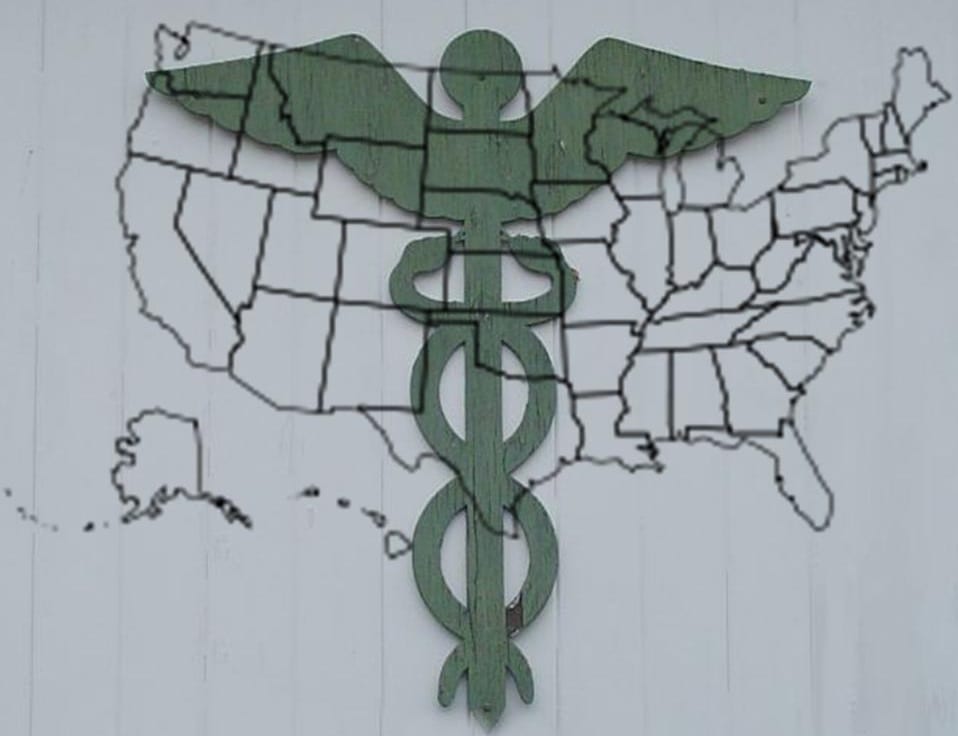 At the same time that the federal government had a fiscal cliff deadline, it also owed the states its decisions.
At the same time that the federal government had a fiscal cliff deadline, it also owed the states its decisions.
The start of 2013 brought not only a great deal of attention to the decisions that would be made by the federal government regarding the fiscal cliff, but it also represented the time that the approvals would be given (or denied) to states regarding their plans for health insurance exchanges.
The Secretary of Health and Human Services announced whether the proposals made by the states were approved.
There are 24 different states, as well as the District of Columbia, that have submitted their applications to establish the health insurance exchanges. These will allow consumers within the states to use a state run online marketplace to discover the best and most affordable coverage for their needs, once the Affordable Care Act is fully implemented. Individuals, families, and small businesses in states that will not be operating their own exchanges will be able to use federally maintained marketplaces.
The health insurance exchange plans were required to be submitted recently by the states choosing to control their own.
These plans were then reviewed by the federal government which, through the Department of Health and Human Services, had the deadline of the beginning of the year for telling those states whether or not the blueprints had federal approval to continue.
Among the states that will be creating and operating their own health insurance marketplace is Oregon. Their version of the online exchange is called CoverOregon, with Rocky King in the position of executive director. According to King, the plan that has been laid out by his state is described as the following “Just picture a house that you can walk through the front door — no matter who you are — give some information at a desk that’s right there. And whether you are an individual that is eligible for Medicaid — we can send you down the hallway to the room that you can enroll in Medicaid there.”
He also said that employers would be able to “go upstairs” where they would receive instructions for shopping for – and enrolling in – health insurance plans. All of these resources would be available simply by walking through a single door.

